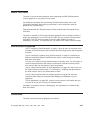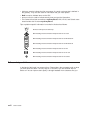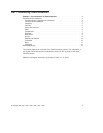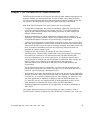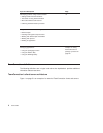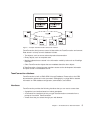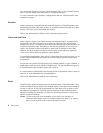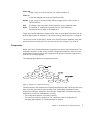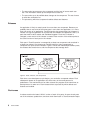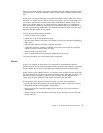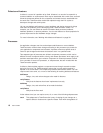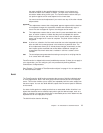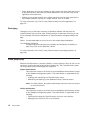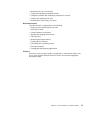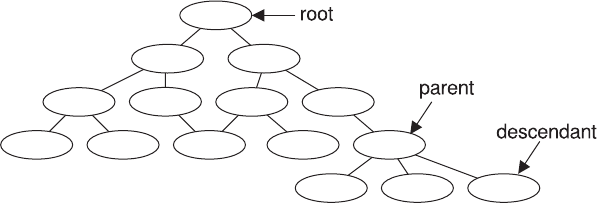
Check out
To get a copy of a part so that you can make changes to it.
Check in
To put the changed part back into TeamConnection.
Extract To get a copy of the part
without
making changes to the
current version
in
TeamConnection.
Edit To change a part from within TeamConnection using a specified editor.
Build To construct an output part from parts that you have defined to
TeamConnection as input to the output part.
These are simplified definitions of part actions; there is more about the actions you can
perform against parts in “Chapter 3. The basics of using TeamConnection” on page 25.
The current version of each part is stored in the TeamConnection database, along with
previous versions of each part. You can return to previous versions if you need to.
Components
Within each family, development data is organized into groups called
components
. The
component hierarchy of each family includes a single top component, called
root
, and
descendants
of that root. Each
child component
has at least one parent component; a
child can have multiple parents.
The following figure depicts a component hierarchy.
TeamConnection uses components to organize development data, control access to the
data, and notify users when certain actions occur. Descendant components inherit
access and notification information from ancestor components. Information about the
components is stored in the database, including:
v The component’s position in its family hierarchy.
v The user who owns the component. The component
owner
is responsible for
managing data related to it, including defects or features.
Figure 2. Sample of a component hierarchy
Chapter 1. An introduction to TeamConnection 7



